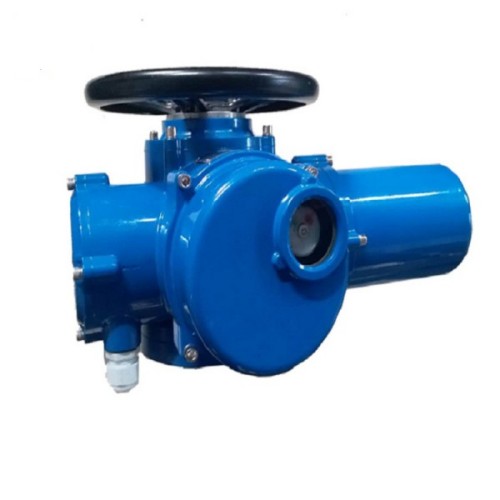slow close check valve
Understanding Slow Close Check Valves A Comprehensive Overview
Slow close check valves are a vital component in various fluid systems, designed to prevent backflow while minimizing water hammer effects. These valves are particularly essential in systems where abrupt changes in fluid velocity can cause significant pressure surges, leading to potential damage. Their unique design allows for a controlled closure, ensuring that the fluid flow is interrupted gradually, which mitigates the risks associated with sudden stops.
Principle of Operation
The primary function of a check valve is to allow fluid to flow in one direction while preventing reverse flow. In a slow close check valve, this functionality is enhanced by introducing a damping mechanism. The valve incorporates a weighted disc or a piston that gradually closes as fluid flow decreases. Unlike traditional check valves that may slam shut quickly under certain conditions, slow close check valves engage a more gradual closure process. This design relies on a controlled descent of the valve mechanism, which is influenced by factors such as fluid velocity and pressure differentials.
Advantages
The benefits of slow close check valves are manifold. First and foremost, they help in reducing water hammer effects, which occur due to rapid changes in fluid movement. Water hammer can lead to pipe vibrations, joint failure, and subsequently, costly repairs. By slowing down the closing action, these valves provide a smoother transition, effectively absorbing shock waves generated by the fluid dynamics.
Moreover, slow close check valves promote energy efficiency within systems by decreasing the amount of energy lost during flow interruption. This efficiency is particularly advantageous in large-scale applications such as water treatment plants, HVAC systems, and industrial processes, where even minor enhancements in energy use can contribute to significant cost savings over time.
slow close check valve

Applications
Slow close check valves find applications across multiple industries. In municipal water supply systems, they are instrumental in maintaining system integrity by preventing backflow and protecting against contamination. In HVAC systems, they help regulate fluid flow, contributing to temperature control and system efficiency. Additionally, in industrial settings, these valves are crucial for systems handling hazardous materials, where unintentional reverse flow could pose safety risks.
Installation and Maintenance
Proper installation and maintenance of slow close check valves are essential to ensure their optimal performance. It is crucial to install these valves in accordance with manufacturer guidelines, paying particular attention to orientation and orientation of flow. Routine inspections should be conducted to check for signs of wear, debris accumulation, or malfunctions to prevent operational disruptions.
Conclusion
In summary, slow close check valves play an essential role in enhancing the efficiency and safety of numerous fluid systems. By understanding their operation, advantages, and applications, engineers and maintenance professionals can make informed decisions about incorporating these valves into their systems. As industries continue to prioritize sustainability and efficiency, the role of slow close check valves will become increasingly significant, ensuring smoother operations and protecting infrastructure from the detrimental effects of fluid dynamics.
-
The Versatility of Ball Valves in Fluid Control SystemsNewsJun.10,2025
-
The Practical Benefits of Centerline Butterfly ValvesNewsJun.10,2025
-
The Benefits of Bellows Seal Globe Valves for Industrial SystemsNewsJun.10,2025
-
The Advantages of Offset Butterfly ValvesNewsJun.10,2025
-
Ductile Gate Valves: Strong, Reliable, and Essential for Every SystemNewsJun.10,2025
-
Cast Iron Gate Valves: A Reliable Solution for Every SystemNewsJun.10,2025
-
Why Choose a Brass Gate Valve for Superior Performance and DurabilityNewsMay.09,2025




